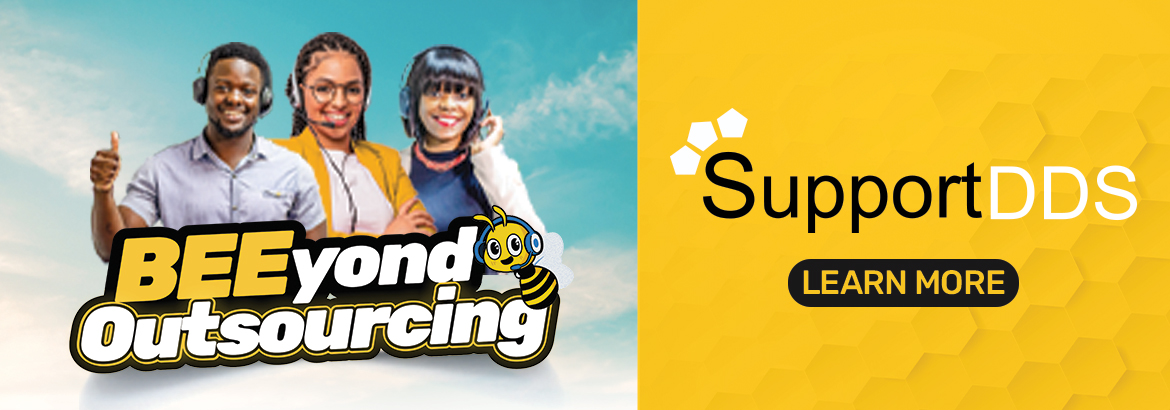I am a Gen X, just barely, being born in 1980. We are a small cohort born from 1961 to 1981, squeezed in between the much larger baby boomer and millennial generations. We are the generation in midlife and in the prime of our professional careers. When I graduated from dental school, I joined my family’s dental practice with three male baby boomer owners. But over the last fifteen years, I have seen the practice transition to employ primarily millennials. And, it is currently also transitioning to complete Gen X ownership and management. With fascination, I am watching my Gen Z patients grow up and mature into the workplace.
The world is poised to have four generations working side by side. Dental offices, and our professional associations, are an amazing, dynamic example of this reality. How do we all navigate the communication and generational challenges that confront the modern workplace?
Integrating multiple generations
I began to think about this earnestly when I became the 2020 program chair for the American Academy of Dental Practice (AADP). Like many organizations, this group is facing the challenge of integrating multiple generations into its membership while maintaining its unique focus and traditions and growing into new technologies and relevancy.
In preparation for a breakout session at our 2020 AADP meeting, I read the book “Wisdom@Work” by Chip Conley, a successful hotelier turned Airbnb intern. Conley was recruited to Airbnb as a senior advisor to grow hospitality, but his lack of experience in the digital world meant he needed to become an intern as well. This book led me to conclude that each of us needs to cultivate the ability to become both mentors and mentees and to ask curious questions. To paraphrase Conley, being curious is a way to catalyze courage, learning and creative thinking.
What is a mentor?
Loosely defined, a mentor is someone who has traveled a particular path or developed a certain level of experience that enables them to guide others on a similar journey. A mentor can offer expertise and help with decision-making, can help build leadership skills, and facilitate others producing their best work. We can be mentor and mentee no matter our age.
In Conley’s book, Stanford professor Robert Sutton says, “At places where intense innovation happens, they often combine people who know too little and people who know too much. The tension between massive knowledge and fresh thinking can spark a fundamental breakthrough.”
Multiple generations working together can create curious and dynamic organizations.
Conley offers several suggestions for mentoring in a multigenerational workplace:
- Intern publicly and mentor privately. This means asking the obvious questions to ease the tension in a meeting but giving advice or suggestions one-on-one.
- Avoid age-related stereotypes and generational name-calling.
- The intergenerational transfer of wisdom needs to flow both directions. Allowing someone to teach you creates a bridge and conversation
- Have a growth mindset. Focus on a curious future and not a comfortable past.
- Listen to the story. Be present, and listen actively to discover the whole person behind the story.
Growing up in a dental world, I had only ever interacted with male dentists. When I went to dental school, I was on the hunt for a female mentor. When a local female prosthodontist gave a guest lecture to my second-year class, I took the initiative to introduce myself and ask if she would be willing to meet with me. She offered me her phone number with an invitation to call, but as a busy student, I didn’t make it a priority to call her.
That’s the thing about mentors: You have to want the relationship and ask for it. Willing mentors are everywhere, but you must seek them out and take the initiative.
Reaching out
It took some time for the relationship to develop, but her guidance was invaluable to my success in dental school and beyond. She generously gave many evenings of her time to help me with treatment plans, denture setups and general encouragement.
After dental school, the mentor relationship really started to flow in both directions. We listened to and asked questions of each other. I continued to learn from her experience in prosthodontics and patient personalities. She learned about social media, lasers and fashion. We even got our first iPhones together. Her advice on mentorship: “Really take care of the person you are mentoring.” That requires curiosity.
I recently read an article hypothesizing that Gen X is just lying low, letting the baby boomers and millennials fight out their generational differences. In reality, Gen Xers are standing right in front of our biggest leadership opportunity. With careful observation and keen leadership, we can encourage and nurture what could be the most powerful and innovative mentor/mentee relationships ever known. And, in turn, create dynamic dental practices and organizations. We can ask curious questions. Conley says, “While creativity and innovation get the headlines, curiosity is the elixir that gives them stamina.”
This Gen X dentist is committed to a curious future.


